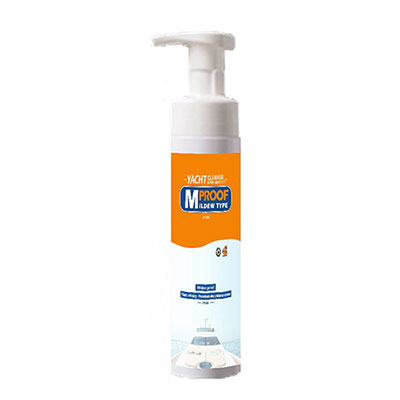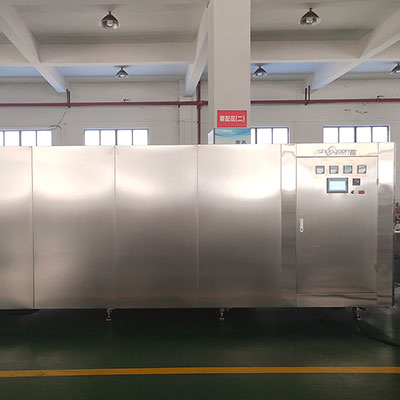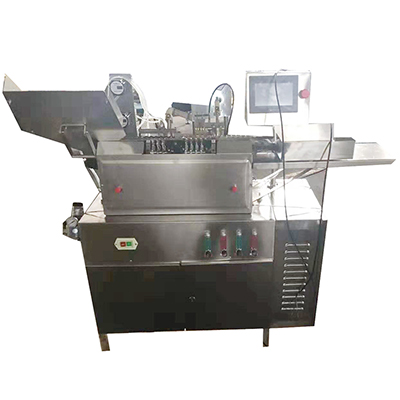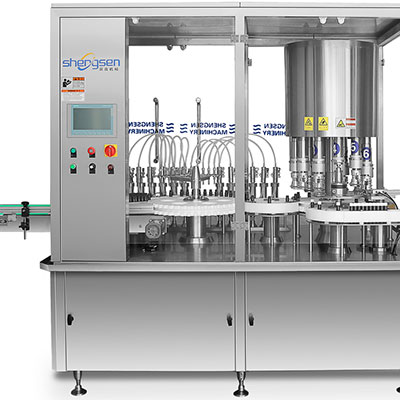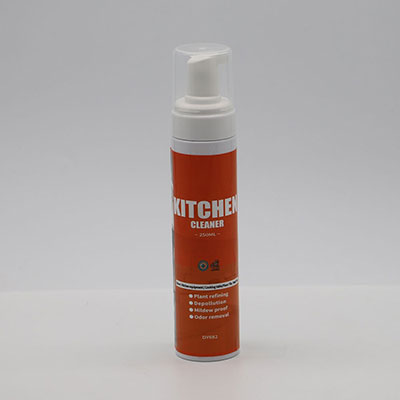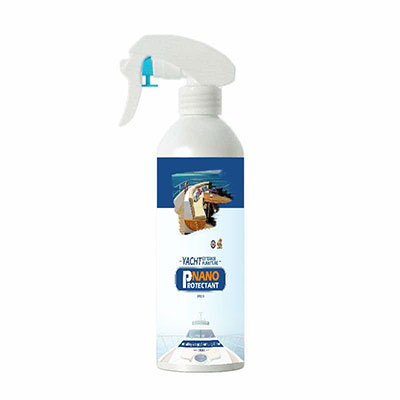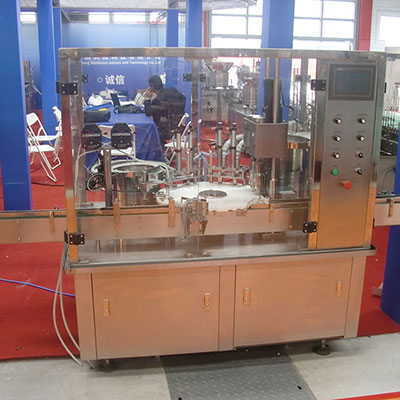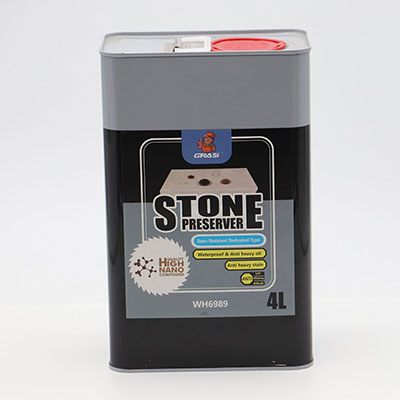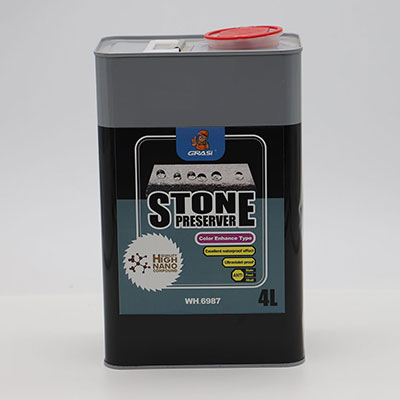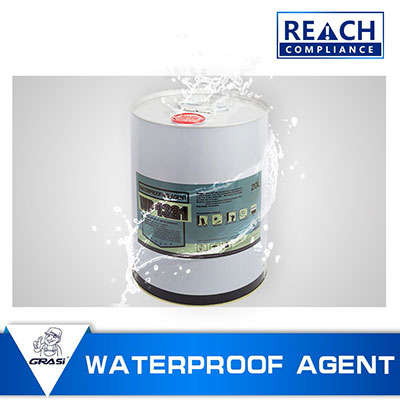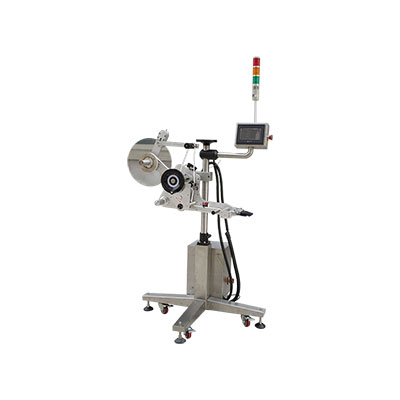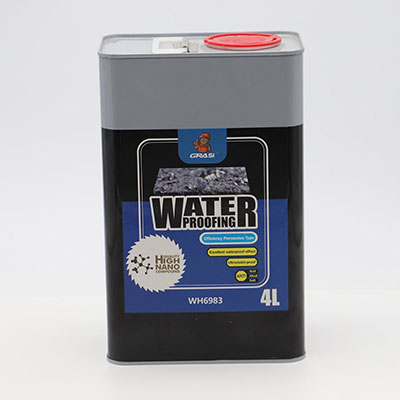2507 Stainless Steel(UNS S32750/DIN W. Nr. 1.4410)
2507 is a super duplex stainless steel with high alloy content, giving it superior corrosion resistance and strength compared to 2205 steel. The material avoids pitting, crevice corrosion, and chloride stress corrosion cracking. When exposed to diluted sulfuric acid contaminated with chloride ions, 2507 demonstrates better corrosion resistance compared to 904L, which is a metal specially designed to resist concentrated sulfuric acid.
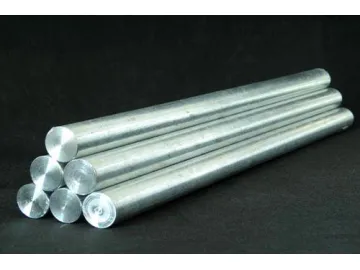
Thanks to 2507’s low carbon content, the risk of carbide precipitation at the grain boundaries during heat treatment is significantly lowered. This also makes it more resistant to carbide-related intergranular corrosion.
However, 2507 is not suitable for applications in which it will be exposed to temperatures greater than 300℃. Its yield strength is about twice that of conventional austenitic stainless steels.
ApplicationsChemical processing industry piping, vessels and heat exchangers; desalination plant seawater piping; oil and gas industry equipment; power plant flue gas desulfurization systems, scrubber systems and absorber towers; and chemical tankers.
| Form | ASTM |
| Rod, bar and shape | A 276, A 484 |
| Plate, sheet and strip | A 240, A 480 |
| Seamless and welded pipe | A 790, A 999 |
| Seamless and welded tubing | A 789, A 1016 |
| Fitting | A 815, A 960 |
| Forged or rolled pipe flange and forged fitting | A 182, A 961 |
| Billet and bar for forging | A 314, A 484 |
| % | Fe | Cr | Ni | Mo | C | Mn | Si | P | S | Cu | N |
| min | balance | 24.0 | 6.0 | 3.0 | 0.24 | ||||||
| max | 26.0 | 8.0 | 5.0 | 0.030 | 1.20 | 0.80 | 0.035 | 0.020 | 0.50 | 0.32 |
| Density | 7.75 g/cm3 |
| Melting range | 1396-1450℃ |
Links:https://www.globefindpro.com/products/9623.html
-
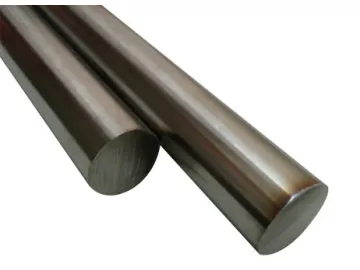 UNS S31803 / 2205 Super duplex stainless steel
UNS S31803 / 2205 Super duplex stainless steel
-
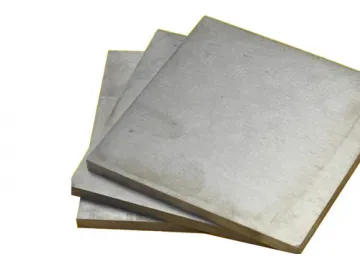 INCONEL 601 (UNS N06601) High-temperature alloy
INCONEL 601 (UNS N06601) High-temperature alloy
-
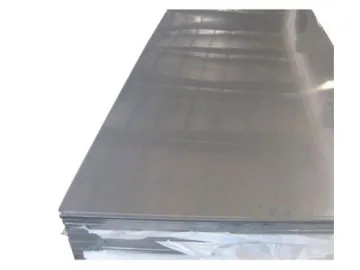 Haynes 188 (UNS R30188) High-temperature alloy
Haynes 188 (UNS R30188) High-temperature alloy
-
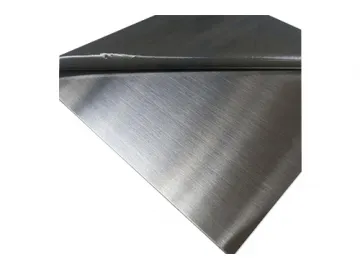 Grade 5 Titanium 6AL-4V Alpha-beta titanium alloy
Grade 5 Titanium 6AL-4V Alpha-beta titanium alloy
-
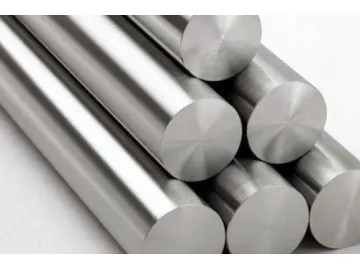 Haynes 556 (UNS R30556) High-temperature alloy
Haynes 556 (UNS R30556) High-temperature alloy
-
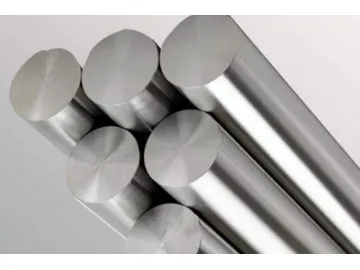 17-4PH (1.4542)/17-7PH (1.4568)/15-7PH (1.4532)
17-4PH (1.4542)/17-7PH (1.4568)/15-7PH (1.4532)
-
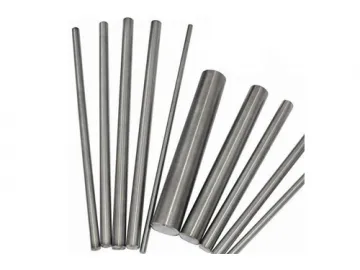 UNS S32205 Super duplex stainless steel
UNS S32205 Super duplex stainless steel
-
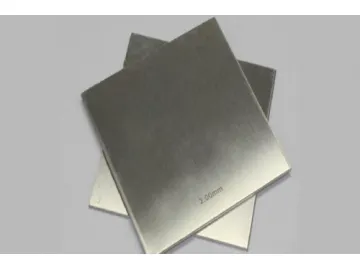 Hastelloy X (UNS N06002) High-temperature alloy
Hastelloy X (UNS N06002) High-temperature alloy
-
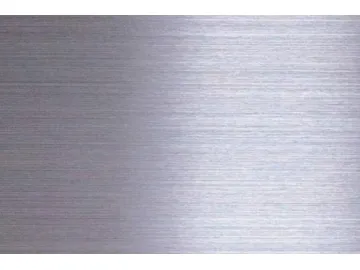 Hastelloy C276 (UNS N10276) Corrosion-resistant alloy
Hastelloy C276 (UNS N10276) Corrosion-resistant alloy
-
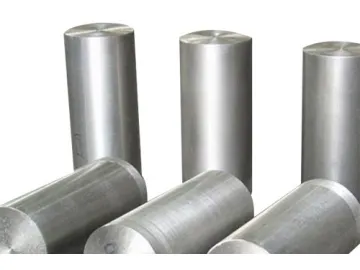 409,409L,410,410S,420,420J2,430 Stainless Steel
409,409L,410,410S,420,420J2,430 Stainless Steel
-
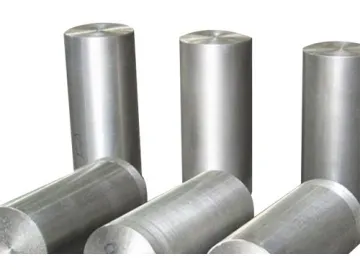 Haynes 230 (UNS N06230) High-temperature alloy
Haynes 230 (UNS N06230) High-temperature alloy
-
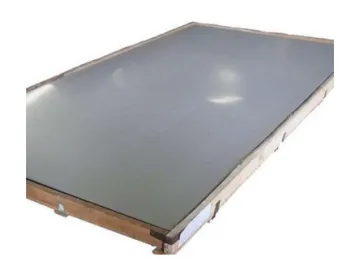 HASTELLOY B/B-2 (UNS N1001/N10665) Corrosion-resistant alloy
HASTELLOY B/B-2 (UNS N1001/N10665) Corrosion-resistant alloy
